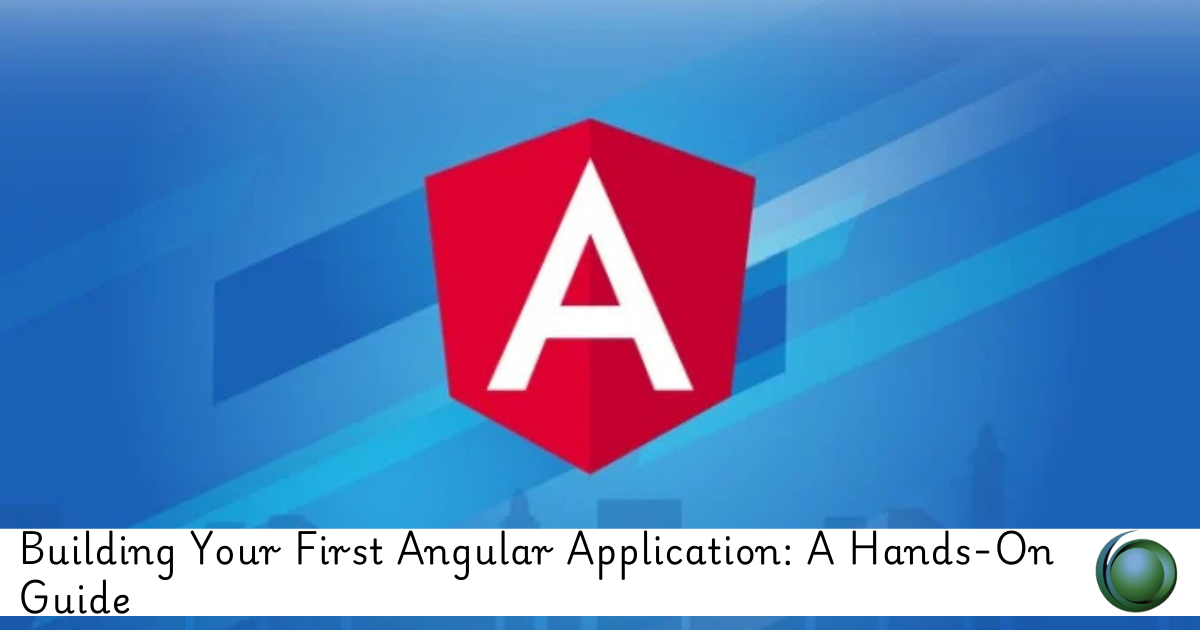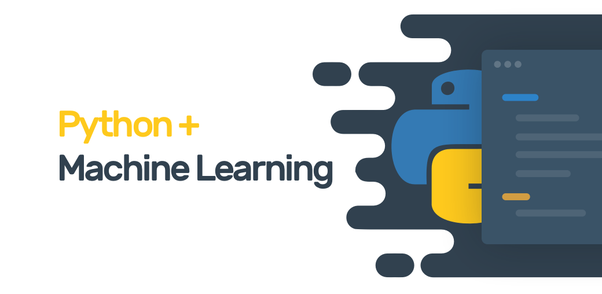Description
Introduction of Angular Application
Welcome to “Building Your First Angular Application: A Hands-On Guide”! This training is designed to provide you with practical, step-by-step guidance on creating your first Angular application. You’ll learn how to set up your development environment, build a functional Angular app from scratch, and understand key concepts through hands-on exercises. By the end of this course, you’ll have a fully functioning Angular application and a solid understanding of Angular’s core features.
Prerequisites
Before beginning this training, you should have:
- Basic knowledge of HTML, CSS, and JavaScript.
- Familiarity with basic programming concepts (variables, loops, functions, etc.).
- Experience with web development (e.g., creating static websites or using JavaScript frameworks) is helpful but not required.
Table of Contents
1: Setting Up Your Development Environment
1.1 Introduction to Angular Development:
1.1.1 Overview of Angular and its ecosystem
1.1.2 Benefits of using Angular for web development
1.2 Installing Prerequisites:
1.2.1 Installing Node.js and npm
1.2.2 Installing Angular CLI
1.3 Creating Your First Angular Project:
1.3.1 Using Angular CLI to generate a new project
1.3.2 Exploring the project structure and files
2: Building Angular Components
2.1 Understanding Components:
2.1.1 What is a Component in Angular?(Ref: Master in Web Development with Angular)
2.1.2 Anatomy of an Angular Component (template, class, metadata)
2.2 Creating and Configuring Components:
2.2.1 Generating components using Angular CLI
2.2.2 Customizing component templates and styles
2.2.3 Adding component logic and data binding
3: Working with Angular Templates and Data Binding
3.1 Template Syntax:
3.1.1 Understanding Angular’s template syntax
3.1.2 Using directives for structural and attribute manipulation
3.2 Data Binding Techniques:
3.2.1 One-way and two-way data binding
3.2.2 Using interpolation, property binding, and event binding
4: Handling User Input with Forms
4.1 Introduction to Angular Forms:
4.1.1 Overview of Template-Driven and Reactive Forms
4.2 Building Forms:
4.2.1 Creating and configuring a template-driven form
4.2.2 Adding form controls, validation, and error handling
4.2.3 Exploring reactive form approach and form group
5: Implementing Navigation with Angular Routing
5.1 Introduction to Routing:
5.1.1 What is Routing and why is it important?
5.1.2 Setting up routing in your Angular application
5.2 Configuring Routes:
5.2.1 Defining routes and setting up navigation
5.2.2 Using RouterLink and RouterOutlet
5.2.3 Handling route parameters and query parameters
6: Adding and Using Angular Services
6.1 Introduction to Services:
6.1.1 What is a Service and why use it?
6.1.2 Creating and injecting services
6.2 Implementing Service Logic:
6.2.1 Adding methods to services
6.2.2 Using services for data management and HTTP requests
7: Customizing Your Application with Directives and Pipes
7.1 Working with Directives:
7.1.1 Understanding built-in Angular directives
7.1.2 Creating custom directives to enhance your application
7.2 Using Pipes:
7.2.1 Overview of built-in Angular pipes
7.2.2 Creating and using custom pipes for data transformation
8: Testing and Debugging Your Angular Application
8.1 Introduction to Testing:
8.1.1 Overview of testing Angular applications
8.1.2 Setting up testing tools (Jasmine, Karma)
8.2 Writing and Running Tests:
8.2.1 Writing unit tests for components and services
8.2.2 Running tests and interpreting results
8.3 Debugging Techniques:
8.3.1 Common debugging strategies and tools
9: Building and Deploying Your Angular Application
9.1 Preparing for Production:
9.1.1 Building your application for production
9.1.2 Optimizing for performance
9.2 Deploying Your Application:
9.2.1 Deployment options and strategies
9.2.2 Deploying to popular hosting platforms (e.g., GitHub Pages, Netlify)
10: Conclusion and Next Steps
10.1 Recap of Key Concepts:
10.1.1 Review of what was covered throughout the course
10.2 Exploring Further:
10.2.1 Additional resources for continued learning
10.2.2 Next steps and advanced Angular topics
This structure will guide you through building a practical Angular application while covering essential concepts and best practices. Adjust the sessions according to your specific training goals or time constraints.







Reviews
There are no reviews yet.